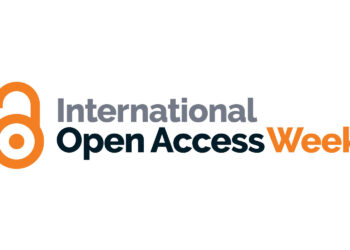
- Image via Wikipedia
National Geographic has long been a model of publisher innovation, with well-known diversification approaches that have included international editions, television, and brand extensions for children. Last week, National Geographic made two announcements that clearly show management is not asleep at the wheel — the closure of a decade-old magazine (National Geographic Adventure) and a new sales/content partnership with ScienceBlogs.
SSP members may recall Adam Bly of SEED Media, which owns ScienceBlogs. He provided the keynote at this year’s annual meeting.
The partnership is based on ad sales and content sharing, with National Geographic helping with ad sales and ScienceBlogs providing content to nationalgeographic.com.
It’s important to note these are online ads. Last week, SEED Media announced that their eponymous magazine, SEED, will not carry advertising for the foreseeable future. According to Bly:
Journalism is not our profit center. It’s not going to be our profit center. The whole magazine model is completely broken.
One of the more interesting details found in the announcements is that ScienceBlogs claims it is already profitable, so this is really a case of strength meeting strength — online.
It’s also probably based somewhat on the “if you can’t beat them, join them” approach, with National Geographic seeing the content set at ScienceBlogs in that light and ScienceBlogs seeing the ad sales similarly.
This isn’t the first partnership for ScienceBlogs. In 2007, Hubert in Germany partnered with ScienceBlogs to launch a German version of the service. A similar initiative in Brazil is underway.
I personally think this is gratifying to see. Blogs, once dismissed as vitriolic noise of self-involved hacks, have become a mainstay of written communication and powerful, web-native content management platforms. Seeing deals like this, along with profitability, shows what can be done when people share a vision and understand the possibilities created by new approaches toward creating and engaging audiences.
Discussion
2 Thoughts on "ScienceBlogs and “National Geographic” — A Partnership of Online Strengths"
Kent wrote:
Blogs, once dismissed as vitriolic noise of self-involved hacks, have become a mainstay of written communication and powerful, web-native content management platforms.
Kent, you may be confusing the medium with the message here. Blogs are still a viable conduit of vitriolic noise from self-involved hacks, although a handful of mindful publishers have created a space for serious, carefully filtered and edited, professional communication.
In science communication, the medium is far less important than the message.
Phil, I see how I miscommunicated this. I think your point is exactly what I had in mind, in that the medium itself used to be completely conflated with the message, so if you said “blog,” the content was dismissed. Now, calling something a “blog” doesn’t dismiss the content because serious people blog these days (and have for years). So, thanks for the clarification!
I will add that confusing the medium with the message is a time-honored tradition. The two posts today were complementary in my mind — one about how an online source was gaining legitimacy, profitability, and scope, while the newspapers were trying to return to their publisher-centric model, when the medium not only overshadowed the message but also created the business model. Shifting media for news outlets has led to disruption both around message (who controls it) and business model (who is at the center of it).
![Reblog this post [with Zemanta]](http://img.zemanta.com/reblog_e.png?x-id=55f3fa3d-4f87-4eb3-b362-318d8db07a3a)


